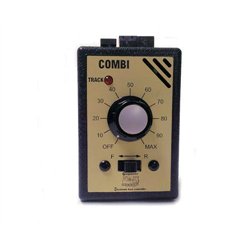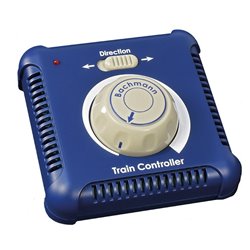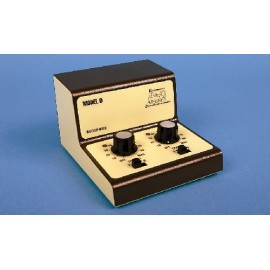There are a number of different options for attaching figures such as a horse and rider to a layout. Perhaps the...
No products
Product successfully added to your shopping cart
There are 0 items in your cart. There is 1 item in your cart.
Search Tips
How many locomotives can I control at one time on an analogue layout?
The number of locomotives that can be controlled at one time on an analogue layout depends on several factors such as the power supply, the type of controllers in use and the complexity of the layout. In general terms, most analogue controllers can adequately handle 1 or 2 locomotives at a time but some more advanced controllers may be able to handle up to 4 or 5 locomotives simultaneously.
However, it is important to note that controlling multiple locomotives on an analogue layout can be challenging as there is no way to individually address each locomotive. With the exception of isolated track segments, this means that all locomotives on the track will respond to the same inputs from the controller, which can lead to collisions or other issues.
To avoid these problems, many modellers prefer to use digital control systems such as Digital Command Control (DCC), this allows for individual locomotive control and offers more advanced features such as sound and lighting effects.
Click here to receive the tips weekly in your mailbox. You can unsubscribe at any time.










